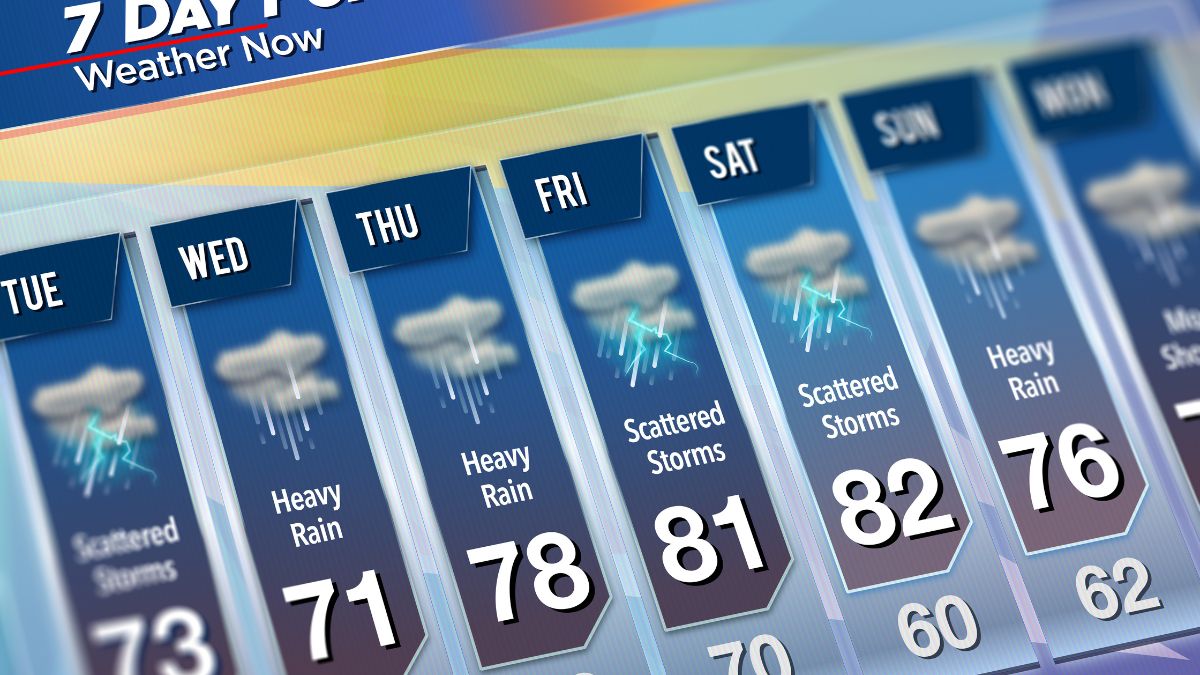

Weather data collecting and sharing have been completely transformed by internet connectivity. A variety of data sources, such as satellites, weather stations, buoys, and airplanes, are used in modern weather forecasting. Comprehensive and current information is made possible by the real-time transmission of these data points via the Internet to centralized databases. International cooperation is made easier by the internet, which gives meteorologists access to and sharing worldwide meteorological data, improving forecast accuracy and coverage.
The creation and use of sophisticated computational models for weather forecasting have been made possible via the Internet. For these models to replicate atmospheric conditions and evaluate large volumes of data, they need a lot of processing power. The resources required to run these intricate models are made available by distributed computing networks and cloud computing, both of which are accessible over the Internet. Meteorologists are now able to handle data more quickly and continuously improve their models, which has resulted in more accurate and timely weather predictions.
Weather predictions and updates are possible in real time thanks to internet access. Given how quickly the weather may change, having access to current information is essential. Users may receive up-to-date information at their fingertips with real-time predictions, notifications, and updates via mobile applications and online platforms. This promptness is especially crucial during extreme weather situations since early warnings have the potential to prevent fatalities and minimize property damage.
A worldwide audience may now easily obtain weather information thanks to the internet. Anyone with an internet connection may access interactive maps, radar imagery, and precise weather predictions through websites, social media, and mobile applications. People may now make well-informed judgments regarding their everyday activities and long-term objectives because of this extensive availability. Furthermore, social media channels allow meteorologists and the public to communicate directly, increasing public participation and confidence in weather forecasts.
Weather forecasting's accuracy and usefulness have increased due to its ability to be integrated with other technologies thanks to internet connectivity. For example, more data points are fed into forecasting models by Internet of Things (IoT) devices like linked cars and smart home weather stations. Weather-sensor-equipped drones may gather information from difficult-to-reach locations, enhancing the precision of predictions. Weather models are becoming more predictive thanks to advances in artificial intelligence and machine learning.
Accurately forecasting severe weather occurrences and promptly communicating this information is essential for disaster response and preparation. Emergency services, governmental organizations, and the public may all receive fast alerts and updates on upcoming weather dangers because of internet access. Better coordination and resource allocation are made possible by this, which eventually raises the efficacy of response operations. Online resources may help communities prepare for and lessen the effects of catastrophes by offering useful information on safety precautions and evacuation routes.
The internet makes international cooperation and meteorological research easier. The development of weather forecasting technology can be accelerated by the exchange of data, discoveries, and inventions among scientists and researchers worldwide. The distribution of information and the exchange of ideas are made possible via online publications, webinars, and virtual conferences, which promote a collaborative atmosphere that advances the discipline.
In conclusion, the development of internet connectivity has had a major influence on weather forecasting, resulting in notable improvements in data gathering, computer modeling, real-time updates, public accessibility, and preparedness for disasters. Incorporating internet technology has improved prediction accuracy and timeliness while also democratizing weather information access, enabling people and communities to make educated decisions. The internet will probably play a bigger part in weather forecasting as technology develops more, providing even more accuracy and usefulness in making future predictions.
Visit our website https://www.nextgwireless.net
#WirelessNetwork #NextelleWireless











